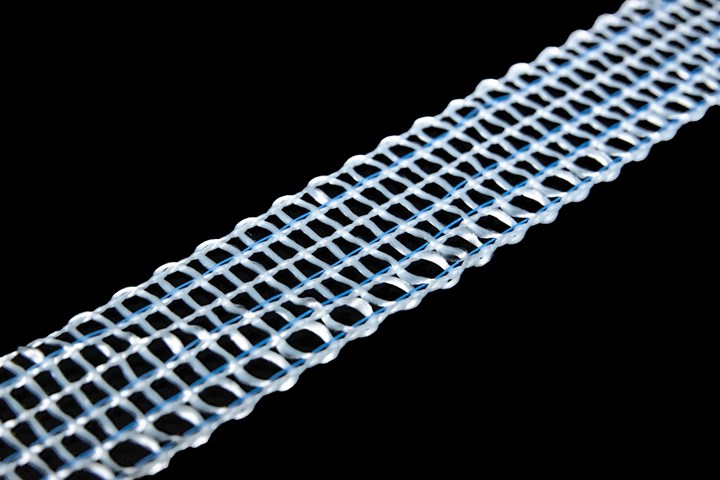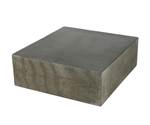Bally Ribbon Mill develops advanced woven textile products
The company offers its woven E-Webbings and TPCM thermoplastic materials to increase part functionality and utility for a variety of industries.

Photo Credit: Bally Ribbon Mills
Bally Ribbon Mills (BRM, Bally, Penn., U.S.) a company that designs, develops and manufactures engineered woven fabrics, announces its new line of advanced textile products, E-Webbings and TPCM thermoplastic materials, to increase part functionality and utility. Both products offer lighter weight, specific strength, durability, stability, abrasion resistance and sustainability. According to the company, these materials are suitable for use as a preform in a “variety of composites manufacturing processes.”
E-Webbings are narrow fabrics that are conductive, enabling the electronic transmission of data sensations (light, noise, vibrations, heat), and power that can be stored or used to actuate/transform objects. The conductive fibers can be woven in conjunction with other fibers and can be used in embedded sensors in both wearable and integral technology, including the Internet of Things (IoT).
TPCM thermoplastic composite materials are 2D- or 3D-woven thermoplastic structures for incorporation into composite parts produced within varied, continually-evolving molding processes. The woven structural shapes are used in hybrid composite structures used in numerous industries, including aerospace, automotive, defense, infrastructure, marine and sports/recreation.
BRM is in accordance with safety standards, specifications and certifications, including ISO9001, AS9100, ISO13485, ISO14000, NFPA, ASTM, ANSI, *UL, and CSA.
Related Content
-
Materials & Processes: Composites fibers and resins
Compared to legacy materials like steel, aluminum, iron and titanium, composites are still coming of age, and only just now are being better understood by design and manufacturing engineers. However, composites’ physical properties — combined with unbeatable light weight — make them undeniably attractive.
-
Materials & Processes: Fibers for composites
The structural properties of composite materials are derived primarily from the fiber reinforcement. Fiber types, their manufacture, their uses and the end-market applications in which they find most use are described.
-
The making of carbon fiber
A look at the process by which precursor becomes carbon fiber through a careful (and mostly proprietary) manipulation of temperature and tension.













